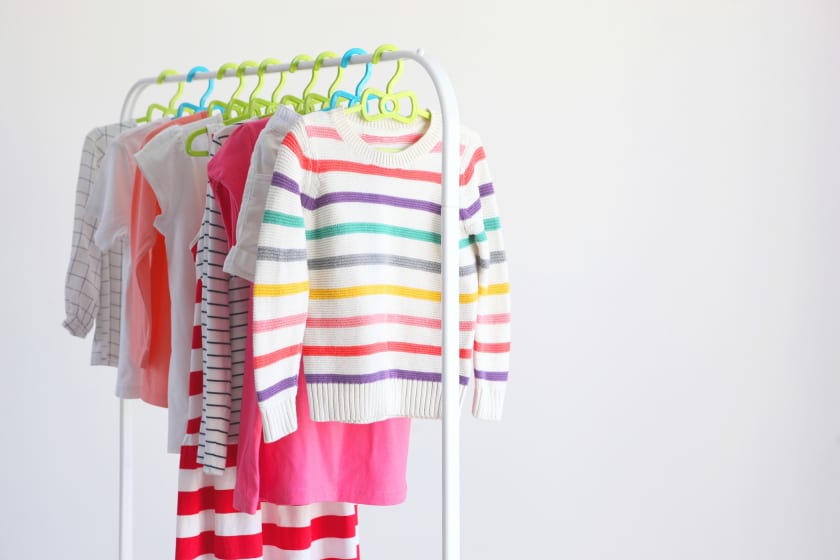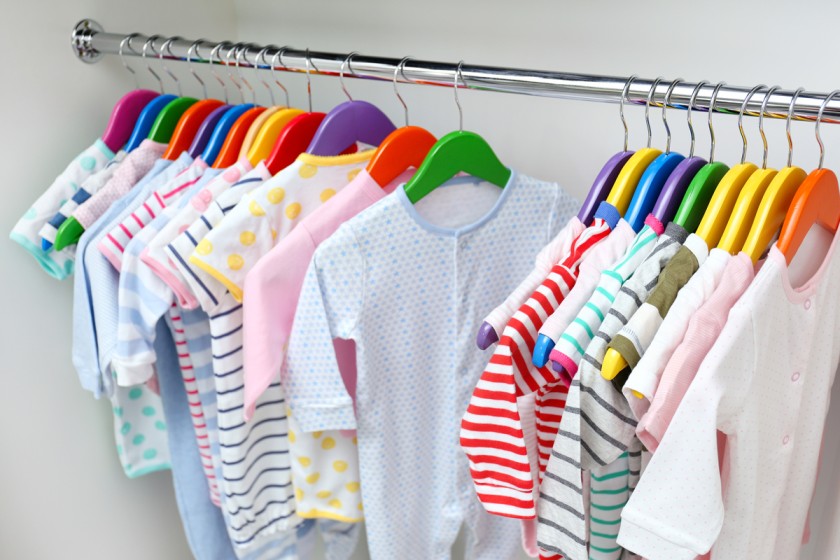Contemporary Case studies on Fashion Production



Fashion production and its challenges
Fashion production has always been subjected to various challenges. This owes to the fact that there is so much to produce for so many different sizes and populations. With its ever-changing scenario of consumer responses and marketing preferences, there has to be a makeover of the fashion products now and then. Meeting people's expectations is one of the major challenges of fashion production. Strict controls over cost and quality are required to maximize profits. The use of technology is crucial for product innovation and increased efficiency.
Suppliers have been outsourcing material from overseas for garment production. Cheaper supplies for garments in large quantities are a prerequisite. A fashion production line should be cost-effective, and every unit should function towards growth. Domestic apparel production relies mainly on wholesale children's clothing. The driving force behind children's clothing is that you require almost all sizes and are available in all types of fabrics.
A fashion clothing brand called "RUFF KIDS" is a high-level wholesale children's clothing brand. The products of the brand undergo superior quality finishing and packaging. This does not end here, but there is a thorough check of the finished goods at the finishing unit with the help of the latest machines and equipment.
The whole setup at the manufacturing line is monitored to ensure there are no glitches in the system. The additional advantage of the manufacturing unit is a packaging system developed to cater to the needs of the garments made in the industry.
The packaging unit is phenomenal, as it gives the intricate details of each stage of the manufacturing line. The whole idea of the system is to enable the plans and enactment of the company's production plans for the production and dispatching of goods. It also allows the company to take timely actions regarding any issues during the processing of garments production.
Fashion production Glitches

A domestic and balanced sourcing model summarizes various factors of competitiveness required for domestic apparel production. The development of apparel production transforms the fashion concept into a physical fashion product. Fashion production requires cutting, sewing, and finishing the fabric at various units. Before cutting, the garments are placed with blocks on markers to get precise cuttings.
Fabric lays are made to minimize fabric wastage. After receiving the fabric lays, the characteristics of the fabric, cutting systems, scissors, and spreading table length should be considered. These all factors contribute to and affect the productivity of apparel production.
In a wholesale production unit, there should be no chances of errors. All errors should be minimized by regular checks and maintenance. Technicalities of fashion production are at great stake when there is a wholesale production unit.
To understand fashion production, we can take an example of wholesale children clothing fashion production unit.
If you have to produce children's clothing at a wholesale rate, then you have to consider sizes, fabric, and fit. Because there are so many variations in children’s sizes, each unit has to be allocated with a different fit size. Start with the smallest size and move to the biggest size.
Fashion production on a large scale comprises four levels - working with furs, fabrics, then production of fashion products by manufacturers, designing by designers, and lastly, promotion of goods.
When one is involved in the production process, all these levels have many sublevels working meticulously on each level. All the levels are devoted to consumer demands and satisfying needs.
Clothing for any age relates to the identities, experiences, and social contexts of every individual. The fashion market for children has been so huge for the last few years that it has changed the outlook and vision of wholesale children's clothing.
Fashion production involves the processes of ideation, technical designing, developing your product, pre-production of samples, actual production, and finally selling. In this process, clothes for children might be a powerful means to demonstrate their individualism, exercise their attitude, and express subjectivity. Successful clothing brands for children are determined to manufacture something likable and kid-friendly. When you are exploring kids’ clothing, you want vibrancy in colors, fabric and for it to be easy to wear and remove.
Case study on the Bottega Veneta

To know more about fashion production, let us go through the enabling technologies used by a luxury brand owner Bottega Veneta. The production process has been addressed in particular, which has been distributed across multiple elements. We will take a look at the supply chain and its relative management issues. You will be able to identify how different entities integrate with the supply chain and know the interoperability of the systems can lead to the availability of a large set of data for information. This data can be utilized for feeding analytics systems for better decision-making.
The supply chain of the company Bottega Veneta consists of the main firm, factories, and independent producers, which aid in the company’s production process. The enterprise resource planning system uses a vertical planning system tailored specifically for fashion companies. Advanced planning and scheduling provide forthcoming plans for the factory. The integration system is usually an amalgamation of traditional data exchange tools and new systems.
The ERP and AP systems work using the data involved in the production, such as due dates, production cycles, technological constraints, and customer feedback.
The Decision Support System, also known as the DSS, allows the production planner at various levels to focus. It automatically generates and locally optimizes scenarios to support them in making better decisions.
Problems with production planning:
Decisions with each fashion production line are who is performing the task and when will it start and finish? These decisions are to be taken multiple times and these are ruled by complex constraints. These constraints should be dealt with to minimize delays and optimize usage of the resources available at the moment. Below listed are certain constraints observed with fashion production:
- Technological constraints-skills, precedence, saturation are some of the technological constraints. According to the specific task and the order, the skills matrix verifies the previous order requirements. It helps to manage the quality issues of the resource. Each task has a particular order; one can include one or more than one task. The decision process allows the task to be planned and to start the next one only when the first task is done.
- Supply chain constraints- transit times, dependencies, intermediate release, or due dates. The DSS allows the manufacturer to define the transit times between each couple of supply chains and use them to fix the delay constraints. Manufacturers depend on each other for not only tasks but also consider supply chain-related constraints. The due dates can characterize certain tasks by defining due dates or release dates depending on the arrival of raw materials.
- Unclear objectives- late-running schedules and over-saturation. Late running schedules should be weighed by the priorities. Sometimes overlapped late-running schedules pile up over saturation. Once a resource has reached the maximum capacity, it becomes surplus.
So how do you improve the pitfalls of fashion production constraints? The answer is simple by using a better DSS (decision support system).
A good decision support system will help the user to make better decisions regarding the production activities throughout. The supply chain involves external raw material suppliers, internal production job shops, and local contractors.
Industries are changing in the blink of an eye. Production and manufacturing are like two sides of a coin. The right focuses on the coordination of the supply chain and the production line of a manufacturing unit. Production can go on uninterrupted.
Data should be continuously collected to be used effectively and coordinated into different aspects of the supply chain. Each factory or firm has a complex set of analytics systems to feed. The production planner should be able to access meaningful data that can allow him to make better decisions in support of the firm.
Similarly, Fashinza is guiding manufacturers and businesses to flourish by connecting them to suppliers and consumers. It is constantly striving to bridge the gap between the two entities. Fashinza will be responsible for overlooking the entire process of designing to delivery. The only thing you have to do is to place an order for what you need support. You can seek help at any end of your manufacturing process. You can sit back and relax while they make the whole process of manufacturing hassle-free and fast.



















